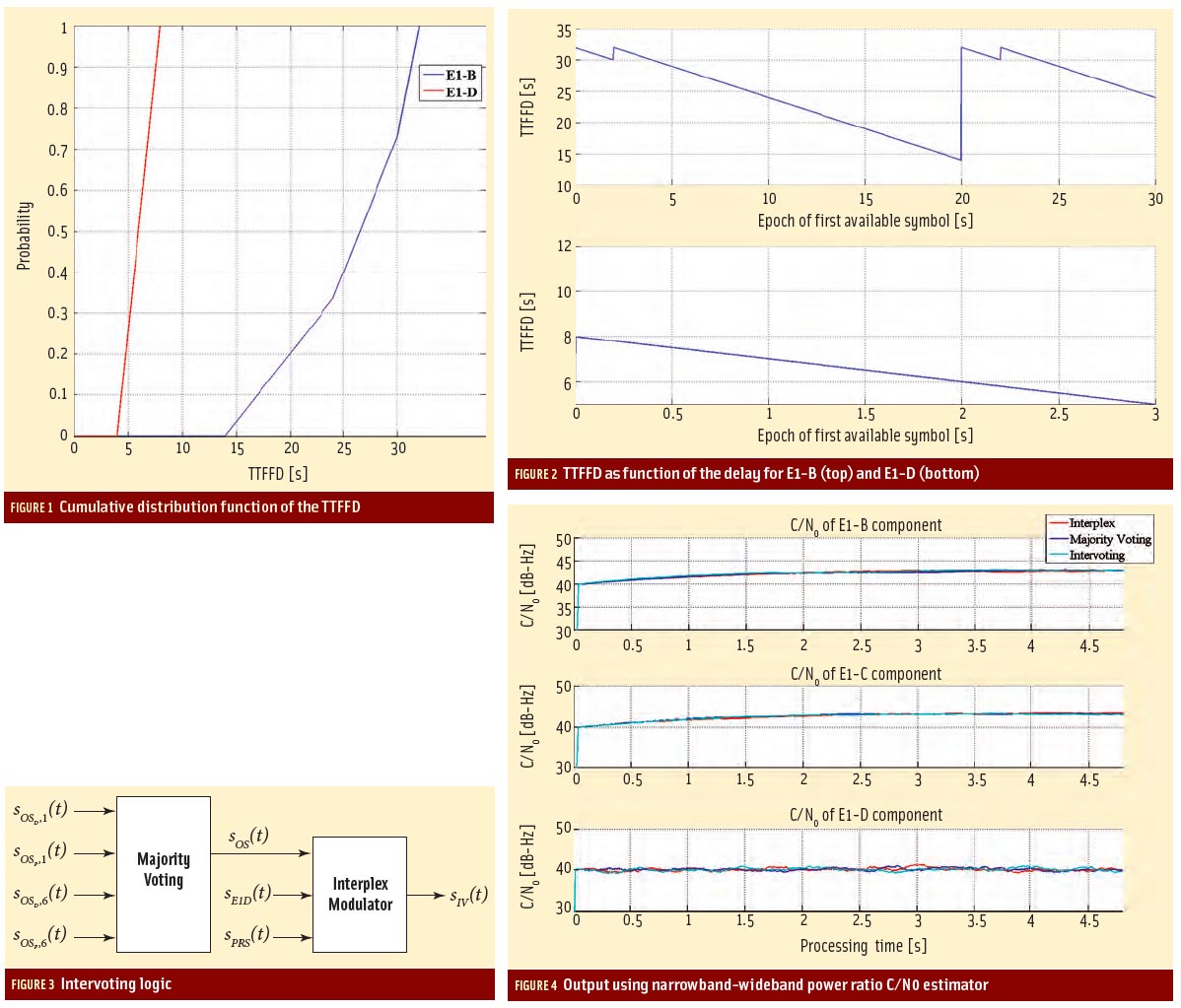It’s all about the backups now. The alternatives. The gap-fillers.
Back in the 1990s, when I first came across the U.S. Federal Radionavigation Plan (FRP), I learned that the rise of the Global Positioning System drove the biannual FRP process because of the expectation that GPS would enable the government to shut down many pieces in the hodgepodge of positioning, navigation, and timing (PNT) systems.
It’s all about the backups now. The alternatives. The gap-fillers.
Back in the 1990s, when I first came across the U.S. Federal Radionavigation Plan (FRP), I learned that the rise of the Global Positioning System drove the biannual FRP process because of the expectation that GPS would enable the government to shut down many pieces in the hodgepodge of positioning, navigation, and timing (PNT) systems.
To a certain extent, this has proved true. The OMEGA radio system, for instance, was totally eclipsed by GPS service. More recently — shortsightedly — LORAN was taken off the air.
But as the expectations of affordable, omnipresent PNT keep rising, and the attendant security concerns become more visible and worrisome, GNSS no longer has the can-do-it-all aura of those early, heady years. Even the FRP, the 2012 edition of which was recently released by the U.S. departments of defense and transportation, now frames its contents in terms of PNT — not just GPS and the “others.”
So, it’s no longer just a question of simply eliminating systems from the mix and closing redundant operations. It’s more a matter of plugging gaps, ensuring coverage. It’s about providing ubiquitous PNT with alternatives (APNT) — reliable, uninterrupted service wherever and whenever we need it.
Now GNSS will be the foundation of global PNT for at least the next 30 years or so, probably far longer. That means we have to secure that base at the same time we are broadening it. Diversifying it. Augmenting it.
It also means protecting GNSS — locally against interference, jamming, and spoofing, internationally to ensure compatibility and interoperability.
The latter task seems well in hand. Except for the occasional hiccup — untoward signal patent maneuvers, overlays mixing civil and restricted signals — bilateral and multilateral progress on harmonizing systems reflect the consensus that the issues uniting GNSS providers are stronger than those dividing them.
We also need financial protection against the budgetary starts and stops that afflict most GNSSs, the ambiguities that unsettle industry and delay new products and services. GNSS needs to be established and financially protected as a critical infrastructure per se, not just as a multiplier or enhancer of other infrastructures.
So, let’s assume that, conservatively, a single GNSS frequency at L1 (~1575.42 MHz) can provide 80 percent of users’ needs 80 percent of the time. This still leaves a lot of life-critical, challenging, and often more expensive PNT solutions needing to be found.
It doesn’t mean, however, that national governments or public agencies need to do it all.
One of the most intriguing ideas that I’ve heard lately is the suggestion that a private organization could take over some or all of the shuttered but intact North American Loran facilities in order to restart and expand enhanced Loran (eLoran).
More generally, for those demanding, specialized, and customized applications, the responsibility will still lie largely with product designers and system integrators to bring the mix of PNT sensors and technologies that provide a robust solution.
The good news is that more PNT resources than ever appear available and practically useful: inexpensive inertial sensors, of course, but also new methods such as image-aided navigation, signals of opportunity, magnetic or gravity field navigation, WiFi fingerprinting, and so on.
As always, the application will determine the needed PNT technologies.
If we need to meet someone at a restaurant, we may only need 20 or 30 meters accuracy and only need our location updated every few minutes.
If we are surveying the site of a new building, we may want sub-centimeter accuracy but only need to determine that position once and can take as long as necessary to obtain it.
If we are driving a car at 100 kilometers an hour and want to be warned if we are going out of the lane, we may need decimeter accuracy updated several times each second.
Each of these applications will suggest a different PNT technology or combination of technologies to provide the required positioning accuracy and timing.




